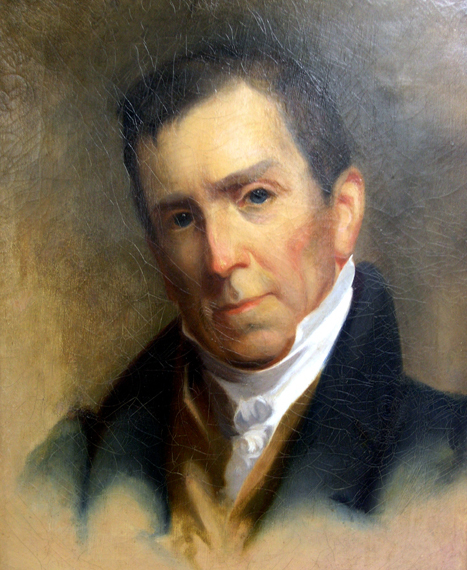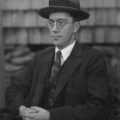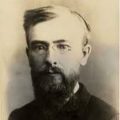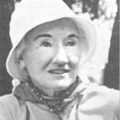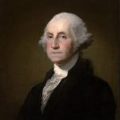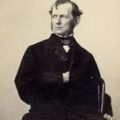William Darlington
The Chester Botanist
April 23, 1863
Today is the anniversary of the death of the botanist, physician, and member of the U.S. House of Representatives, William Darlington.
Like his fellow eminent Quaker botanists John Bartram, Humphry Marshall, and William Baldwin, William Darlington was born in Pennsylvania.
A native of West Chester, William received his medical degree from the University of Pennsylvania in Philadelphia. As a student, Benjamin Barton, the author of the first American botany textbook, encouraged William's interest in the subject.
After an appointment as a surgeon for an East India merchant, William traveled to Calcutta. A year later, when he returned from India, William married Catharine Lacey, the distinguished Revolutionary War General's daughter.
An abiding counselor and partner to William, Catherine would be by William's side for forty years, having four sons and four daughters. Their oldest son, Benjamin Smith Barton Darlington, and their youngest son, William Baldwin Darlington, were both named in honor of fellow botanists.
The year 1826 was an important milestone for William Darlington. William organized and presided over the Chester County Cabinet of Natural Sciences, and he published his first edition of "Florula Cestrica," or a catalog of plants in West Chester.
An archivist, William worked to preserve correspondence and documents of Humphry Marshall and John Bartram. William compiled their work into a book called, Memorials of Bartram and Marshall.
In 1853, the botanist John Torrey named a new and remarkable variety of pitcher-plant found in California for William Darlington, calling it Darlingtonia californica. William had been similarly honored, but Augustin de Candolle named a genus after him.
After his death, William's large herbarium and works were bequeathed to the Chester County Cabinet of Natural Science.
William was buried in the Oaklands Cemetery, near West Chester.
An epitaph in Latin is inscribed on William's stone marker. William wrote the phrase some twenty years before his death:
"Plantae Cestrienses, quas dilexit atque illustravit, super tumulum ejus semper floreant"
or
"May the plants of Chester, which he loved and documented, forever blossom over his grave."
William's tombstone is crowned with a relief of Darlingtonia californica.
This post was featured onThe Daily Gardener podcast:
helping gardeners find their roots,
one story at a time
